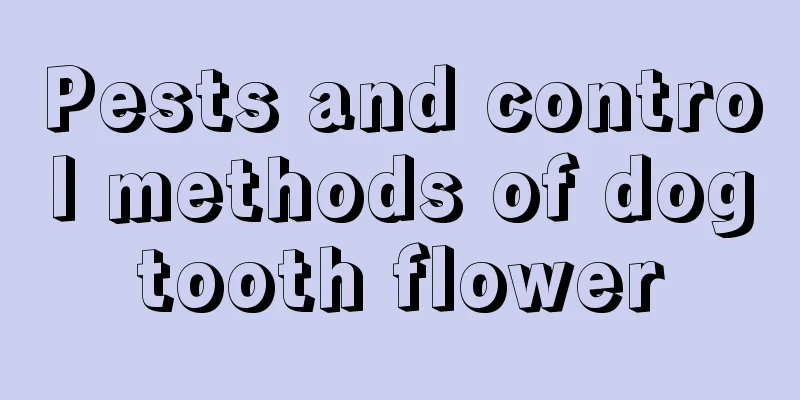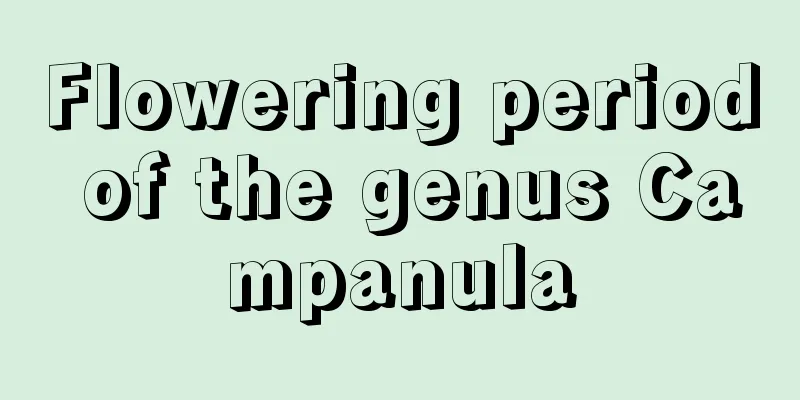Pests and control methods of dogtooth flower

Pests of dogtooth flower: aphidssymptomAphids are 1.5-4.9 mm long, most are about 2 mm long, and are sometimes covered with wax powder but lack wax flakes. Antennae have 6 segments, a few have 5, rarely have 4, the sensory circle is round, rarely oval, and the tip of the last segment is often longer than the base. Aphids are the fastest reproducing insects, and can reproduce 10 to 30 generations a year. Female aphids can reproduce from birth and do not need males to reproduce. Aphids use their mouth needles with sucking mouths to pierce the epidermis of plants and suck the juice from the tender leaves of the plants, causing the plants to grow slowly. The secretions of aphids also attract ants. Prevention and treatment methodsTo eliminate aphids, it is necessary to start from the wintering period of flowers, which can achieve twice the result with half the effort. If we only rely on spring and autumn when aphid damage is most serious, the prevention and control effect will not be significant. Newly introduced flower seeds and seedlings must be strictly inspected to prevent the invasion of new pests, and the soil and flower pots must be disinfected to kill remaining insect eggs. In combination with pruning, the remaining flowers and dead leaves where aphids have lived or where their eggs have hibernated should be removed and burned in a centralized location. When a small number of aphids are found, you can brush them clean with a brush dipped in water, or tilt the potted flowers under running water and rotate them to rinse them. This will not only kill the aphids, but also clean the leaves, thereby increasing their ornamental value and promoting leaf respiration. If conditions permit, you can also use natural enemies such as ladybugs and lacewings for prevention and control. Pests of dogtooth flower: thripssymptomThrips are common insect pests that mainly affect the growth of leaves and flowers, causing leaf deformities, yellow spots, and cessation of plant growth. Prevention and treatment methodsWhen caring for dogtooth violets, you should pay attention to promptly cleaning up the host plants of thrips, such as weeds. It is also necessary to spray chlorpyrifos, seven-star emulsion, insecticide aqueous solution, and wind and thunder stimulant for prevention and control. |
<<: Common pests of monkey orchid and their control methods
>>: Diseases and Pests of Hellebore and Their Control
Recommend
How to grow dried azalea to make it bloom
Dried flower azalea flowering time The flowering ...
What are the cultivation methods and precautions of dragon beard wood
Introduction of Dragon's Beard Wood The drago...
How to grow hydroponic anthurium in winter
1. Change the water Its roots are very lively and...
How to tell if it's time to water your orchid
When watering orchids, you should be careful not ...
How to grow ginger
1. Maintenance methods 1. Temperature: The cultiv...
How to propagate Hypericum by division
1. Time Propagation by division is actually very ...
How to grow crape myrtle
1. Suitable loam In order to achieve good drainag...
Disease and Pest Control of Cypripedium
Common diseases Sheath Rust: This disease will ap...
How to trim golden grass
When is the right time to mow golden grass? The m...
Does hibiscus prefer shade or sun?
Does hibiscus prefer shade or sun? Hibiscus is a ...
What are ferns?
1. Lotus leaf fern The plant of the lotus leaf fe...
How to plant litchi trees
1. Planting conditions 1. Soil: Lychee trees grow...
What are the variegated varieties of Huayuejin?
Sunset Goose Sunset Goose, also known as "Th...
The cultivation methods and precautions of Yalong wood
1. Maintenance methods 1. Soil: The arborvitae pr...
Cultivation methods and precautions of purple cicada flower
1. Maintenance methods 1. Soil: Purple cicada flo...









